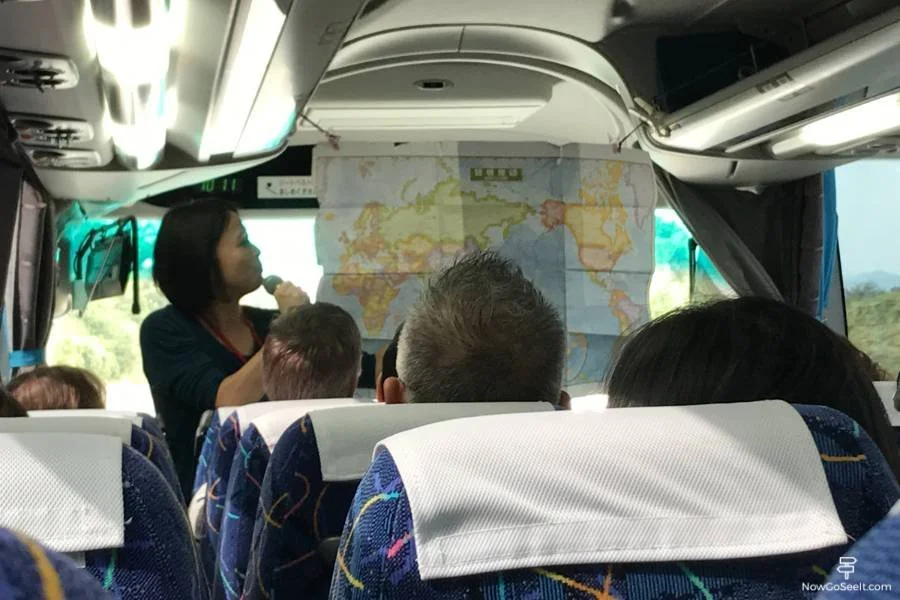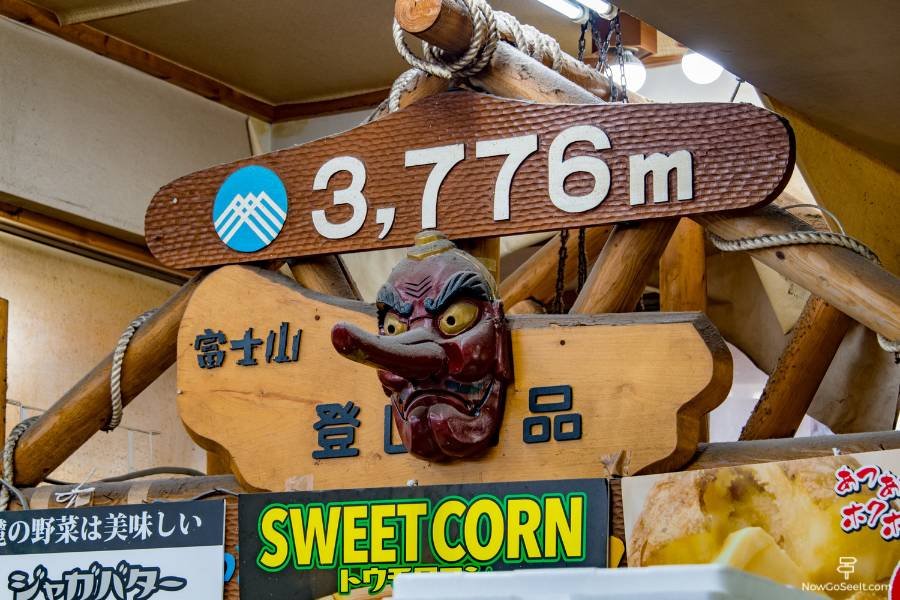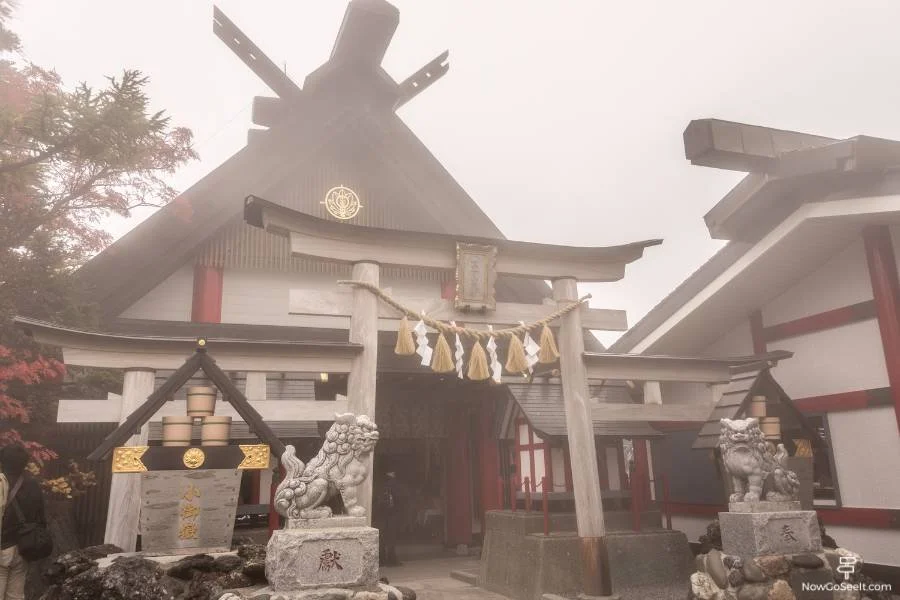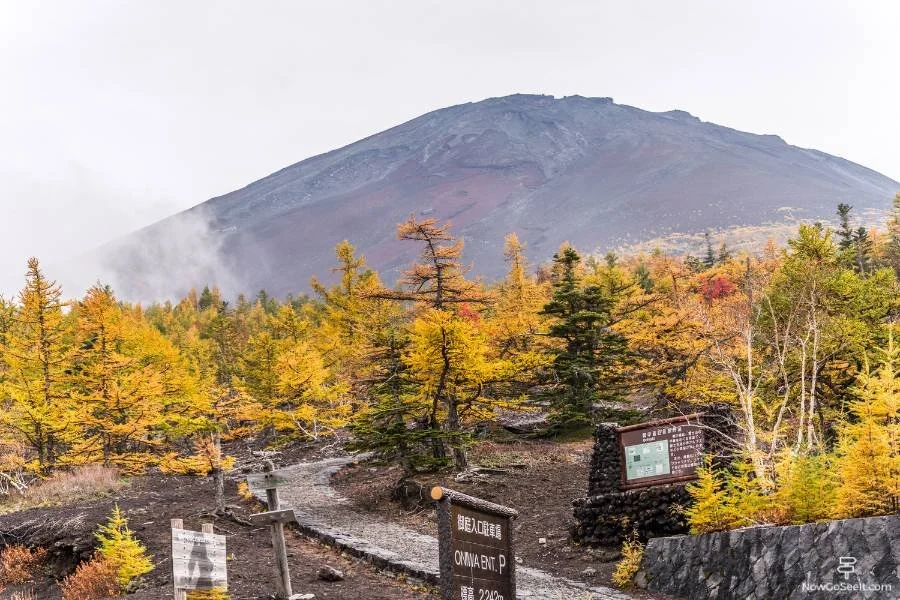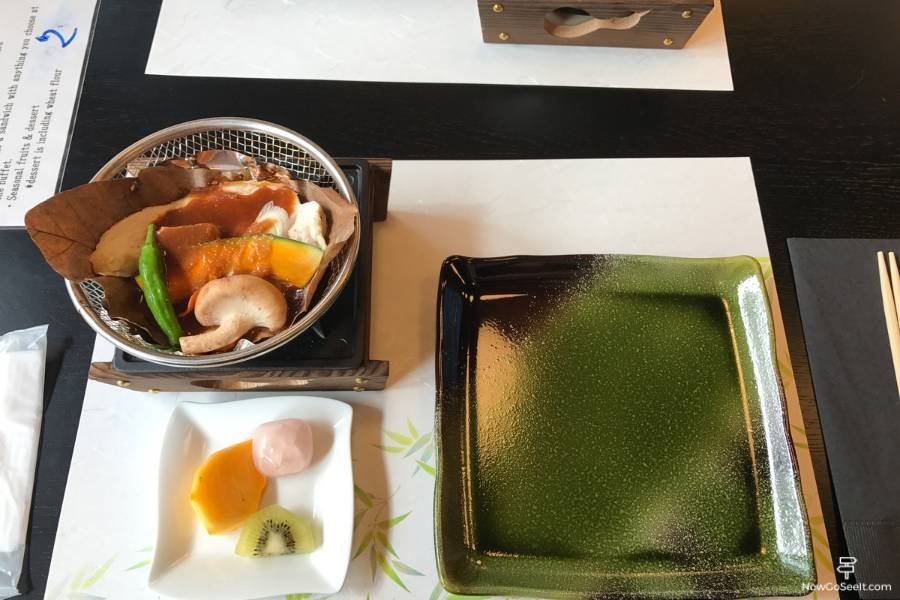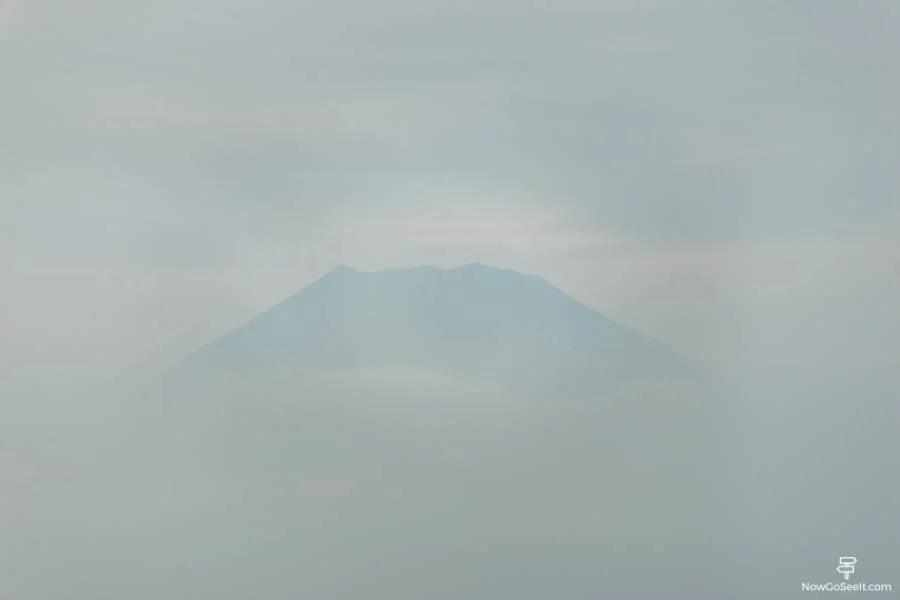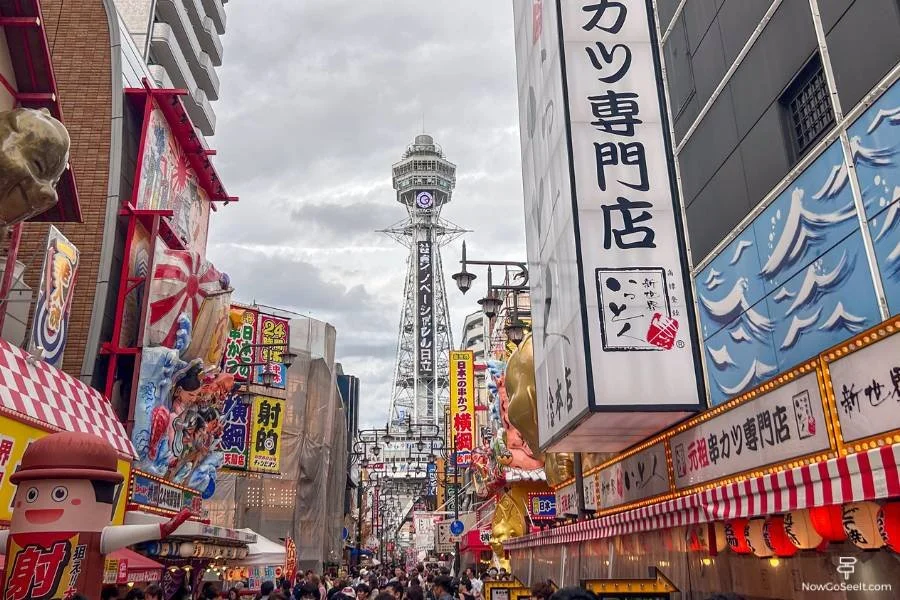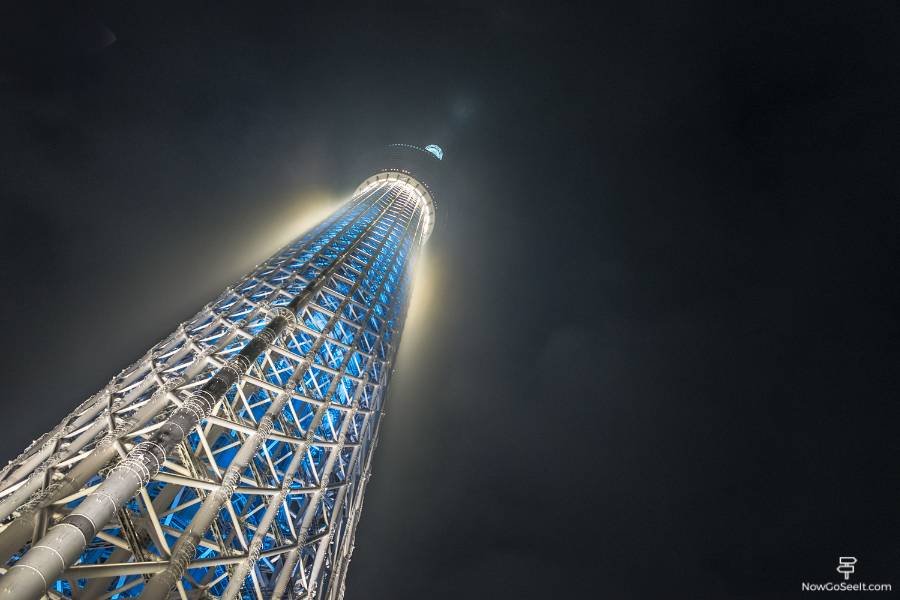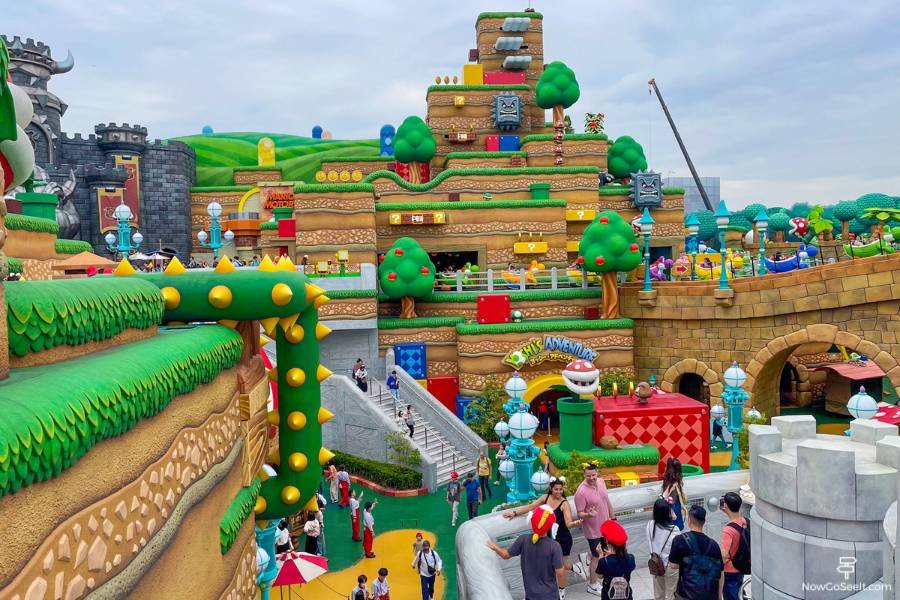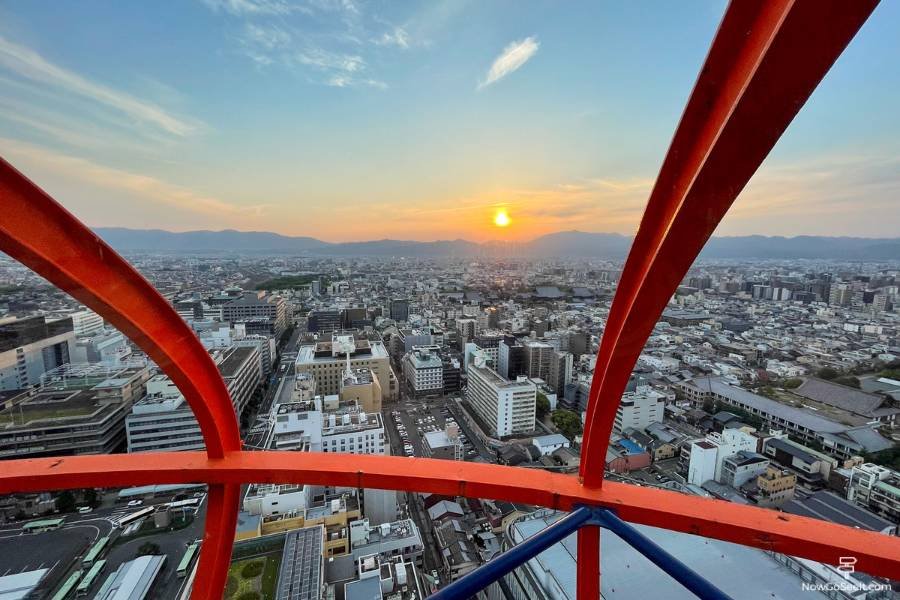Mt. Fuji Day Trip from Tokyo: Plus Hakone from Tokyo
Now Go See It is reader-supported. When you buy through links on our site, we may earn an affiliate commission.
If you’re lucky while you’re in Tokyo you’ll wake up one morning, open your hotel room curtain, and towering above the city will be the outline of Mt. Fuji.
Day Trip to Mt. Fuji and Hakone From Tokyo: (Jump To)
According to locals the best time to see the mountain on a clear day is 8 am. The symmetrical cone-shaped volcano and its snowcapped beauty have become a cultural symbol of Tokyo and all of Japan.
Our visit to Tokyo had only one morning of light rain. The remainder of the week was on the cloudy side, so I never had that wonderful moment. Not willing to leave Tokyo without seeing the mountain, we booked a day trip to Fuji & Hakone through our partner Viator.
I’ve mentioned Viator on the blog before. They’re our go-to travel booking company when we’re going to places that are too difficult to navigate on our own. I’ve used their services throughout Europe, Australia, and Asia and have been pleased with each trip. Booking on your own could be cheaper and offer you more flexibility, but there’s something nice about having the whole day planned and led by a professional guide.
The Bus To Mt. Fuji
Our trip advertised visits to Mt Fuji’s 5th Station, Lake Ashi in Hakone National Park, and Mt Komagatake Ropeway. Lunch and a ride back to Tokyo on the bullet train were also included.
A bus picked us up at our hotel at 8:20 a.m. and brought us to a central bus station where we met our guide and the rest of our travel companions for the day. The bus was a comfortable full-sized bus with free Wi-Fi. Our tour guide filled the majority of the 2.5-hour ride with loads of information about Tokyo, Japanese culture, and Mt. Fuji geology.
The higher we climbed up the backside of the mountain the thicker the fog surrounding the bus became. When we finally reached our first stop, Mt Fuji’s 5th Station, visibility was down to feet.
First Stop: Mt. Fuji 5th Station
The station is a popular spot for climbers to pick up supplies before and after climbing to the top of the mountain. It is the only station to be easily accessible by traffic so supplies are cheaper here. We were given thirty minutes to explore.
There are a few souvenir stores here that mix in Mt. Fuji merch with hiking and climbing essentials as well as a small cafe and a post office. A short climb up the hill brings you to Fujisan Komitake Shrine. The small mountainside shrine has a few buildings and religious shrines to view. On a clear day, the views must be stunning. For us, the fog in the air added a bit of mystery to the site.
Bonus Stop: Mt. Fuji Through the Clouds
As we climbed back down the mountainside, for a brief moment, the clouds broke. A quick and well-timed move by our bus driver and guide found a roadside pull-off. We exited the bus to see the peak for a few brief moments. This was also the moment I learned that the snow cap disappears from the mountain in the summer, and usually begins to reappear in late fall. Regardless, there it was, in its bald glory; Mt. Fuji!
Stop 2: Lunch (Included)
At around 1 pm we stopped for lunch. If I had one complaint about the majority of Viator tours we’ve been on is that the lunch is normally pretty sub-par. Today’s lunch was a pleasant surprise. We were served in a beautiful building surrounded by a well-kept Japanese garden.
The food was traditional but accessible. There was a soup and salad course followed by a sizzling bit of protein and some fresh fruit for dessert. The meal was delicious but also felt like part of the experience, which I appreciated.
Stop 3: Lake Ashi Boat Ride
In under an hour, we were at the shore of Lake Ashi in Hakone. The lake is a popular lakeside tourist destination. It is famous for its view of Mt. Fuji. We boarded a ferry boat that took us on a scenic ride across the lake.
The boat took us past numerous hillside homes and buildings. In the lake, other tourist ferries designed like Japanese sailing warships were on full display. The lake is a crater lake, formed on the side of Mt. Hakone.
Stop 4: Hakone Komagatake Ropeway
We docked at the base of The Hakone Komagatake Ropeway. The ropeway is a tourist cable car that takes you to the top of the Komagatake peak of the mountain for a view of the lake below. Upon exiting the ferry our guide quickly whisked into the cable cars and up to the top of the mountain.
At the top, there is a large viewing platform to take in the view of the lake and the valley below. There is also a small shrine, Hakone Shrine Mototsumiya, at the exact peak of the mountain. The site is largely abandoned.
We rode the ropeway back down to the small tourist village set up at the ropeway base station. On the way back down, the fog broke ever-so-slightly again to reveal the outline of Mt. Fuji. On a clear day, this must be a magnificent sight.
There was something sad about the ropeway and the surrounding attractions. It had the feeling of something that was once great and popular but now had fallen out of favor.
We spent some time exploring the gift shops. There was a really neat shop that sold Hakone Parquet, a traditional woodcraft of the region. There was also a bakery that had some delicious melon bread. We did not explore the small zoo or aquarium, but they looked very sad.
Stop 5: High-Speed Train Back to Tokyo
At about 4:30 pm, the bus picked us back up from the base of the ropeway to take us to our final stop Odawara Station. We arrived at the station in about one hour.
We rode the ultra-modern Tokaido-Sanyo Shinkansen bullet train, with its max traveling speed of 300 km per hour back to central Tokyo. The journey took a mere 33 minutes.
If all this exploration has left you hungry check out our Five things you have to Taste while in Tokyo.

